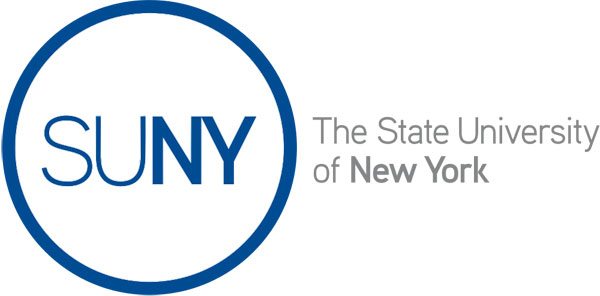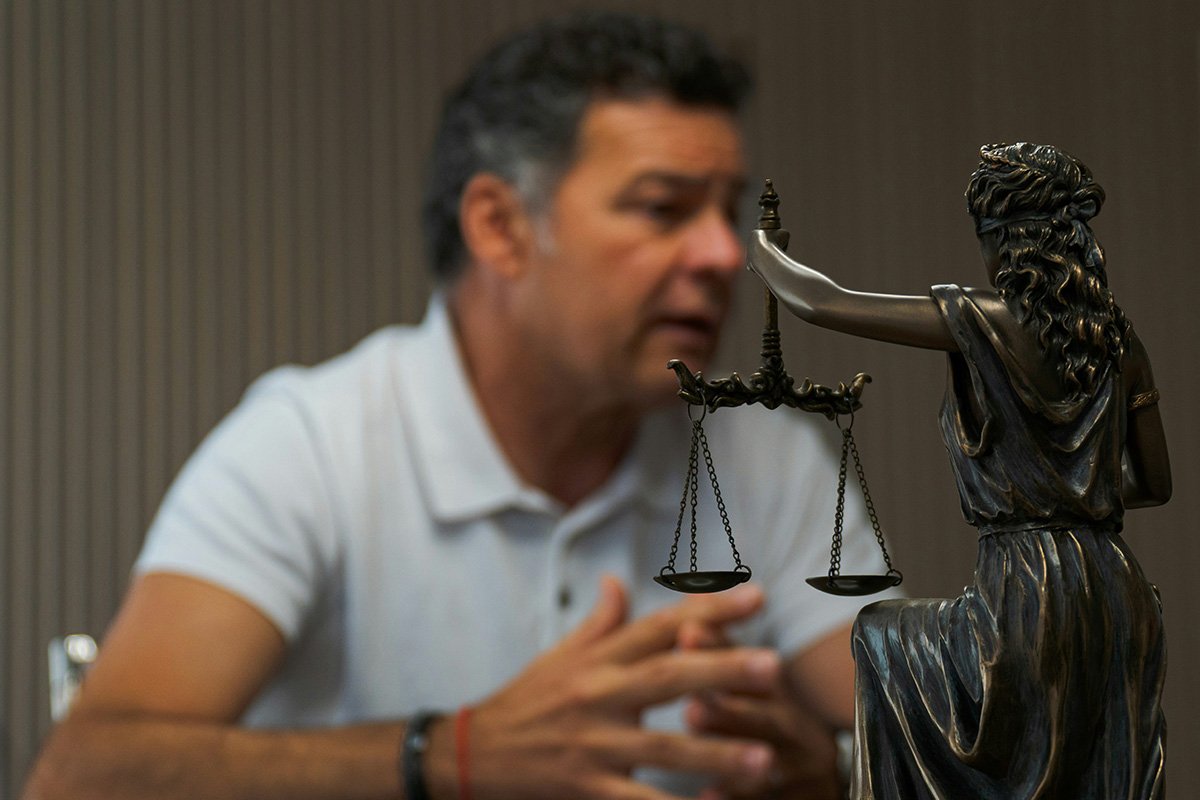
March 7, 2018; Stony Brook Statesman
A comprehensive audit, covering July 1, 2013, to October 12, 2017, of the foundations that support the different state-run colleges and universities of the State Universities of New York (SUNY) found conflicts, breaks in fiscal control, and a lack of governance.
Of the 30 foundations, ten were found deficient, with such issues as expired contracts between campuses and their foundation that include student fees, expenses that were not consistent with the foundations’ missions (like retirement parties and travel expenses without documentation), and foundations not routinely sharing their 990s with the Office of the University Auditor. Two of the foundations were found to have more serious problems.
Arguably, however, the worst part was the fact that the foundations were delinquent in providing information for the actual audit. From the draft audit report’s Comment 1: “We experienced significant delays on this audit. From the onset, foundations were hesitant to provide information. Certain requested information was not provided while other information took an inordinate amount of time to receive.”
There is no excuse for not providing information. The private foundations work with public entities and have donated dollars from foundations, corporations, individuals such as alumni, parents, faculty, and staff, and the government—all of which have the right to the information. When foundations are not forthcoming, they imply they have something to hide from their donors.
From a series of articles presented a few years ago in a collaboration between the Nonprofit Quarterly and the National Committee for Responsive Philanthropy (NCRP) comes this sentence which, colorfully, covers the transparency policies that foundations should adopt: “Those who give away large sums must get on board the transparency train or expect to get run over by it.” It appears some SUNY linked foundations have been hit by that train.
The two with more serious conflicts are the Buffalo State College Foundation, Inc. (UBF) and Stony Brook Foundation, Inc. (SBF). UBF had several expenses that did not follow mission or possible donors’ intent. Both foundations were lacking policy guidelines for the procurement of contracts, which leaves the door open to hiring vendors based on who they know and referrals rather than a proposal/bid process. Stony Brook University President Samuel L. Stanley, Jr., disagrees with this finding: “The Stony Brook Foundation does competitive bidding for most of the contracts it has because they do want to get the best value.”
SBF has loans from the foundation to individuals. Housing loans of $300,000 each were provided for the executive director of the SBF and the Provost/Senior Vice President of Stony Brook University. They were not required to pay them back, and an additional $455,664 for the taxes on the loans was absorbed by the foundation.
[President Stanley] called the audit a “non-issue” at a University Senate meeting on Monday, March 5th.
“I think a careful review shows that there was really nothing there,” he said, adding that the Foundation conducts its own internal audits every year through financial advisory service Grant Thornton LLP.
Sign up for our free newsletters
Subscribe to NPQ's newsletters to have our top stories delivered directly to your inbox.
By signing up, you agree to our privacy policy and terms of use, and to receive messages from NPQ and our partners.
The housing loans are considered part of the package to attract talent to those positions. Individuals must remain in the job for five years to receive the full amount. “One of the biggest challenges we have is recruiting outstanding people to Stony Brook,” said Stanley. “It’s a tremendous advantage if the Foundation can help kick in sometimes to do this.”
A 2014–2015 audit report by Grant Thornton reported outstanding employee loans of $180,000 and $900,000.
The state comptroller’s audit found that the SBF did not report on a conflict of interest statement that there was a relationship between a board member on the investment committee and the firm that provided the investment services. According to N.Y. Newsday,
An official in DiNapoli’s office confirmed [on Tuesday, February 27, 2018] the board member was billionaire James H. Simons and the firm was Renaissance Technologies, based in East Setauket. Simons declined to comment on the matter Tuesday, his spokeswoman said.
NPQ earlier this year addressed the dangers of recruiting board members specifically for the money they provide. Dancing to the donor’s tune is a serious issue, a generous donor should be honored while balancing the mission of the organization and the fiscal governance.
The audit has been contested by the SUNY Chancellor’s office:
In an email Tuesday night, the SUNY chancellor’s office said: “We strongly reject the assertions made by the Comptroller in this ‘audit.’ SUNY maintains very tight financial controls over its affiliated foundations, which operate through philanthropic donations and do not contain any public funds, and provide additional financial support to the important academic mission of the institutions. These controls include annual independent audits, strict expenditure polices and oversight. They also include contracts between the campuses and their respective foundations, which are a function of SUNY policy, and are not required by law. SUNY recently updated these contracts to comply with enhanced foundation guidelines adopted by the Board of Trustees in May 2016, a process that began well before the onset of the Office of the State Comptroller’s audit. Those contracts are now finalized for almost all campuses. This audit report simply ignores the facts, which are readily verifiable.”
Richard Nasti, a Stony Brook Foundation board member, said he was “very, very disappointed” and believed that commentary by the auditors of Comptroller Thomas DiNapoli’s was an “overreach.” Nasti said, “This particular audit went far beyond the scope of what it should have been.”
The challenge comes down to requiring board members to bring six-figure donations to the table, and staff to fundraise those dollars, which leaves little room for the professional foundation people who are committed to the governance and crossing every regulation “t,” and potential board members who are not necessarily wealthy but are well acquainted with those rules and operating nonprofits.—Marian Conway
Disclosure: This author is the chair of the board of SUNY Empire State College Foundation. Empire did not appear in the NYS comptroller’s list of foundations with lapses.











